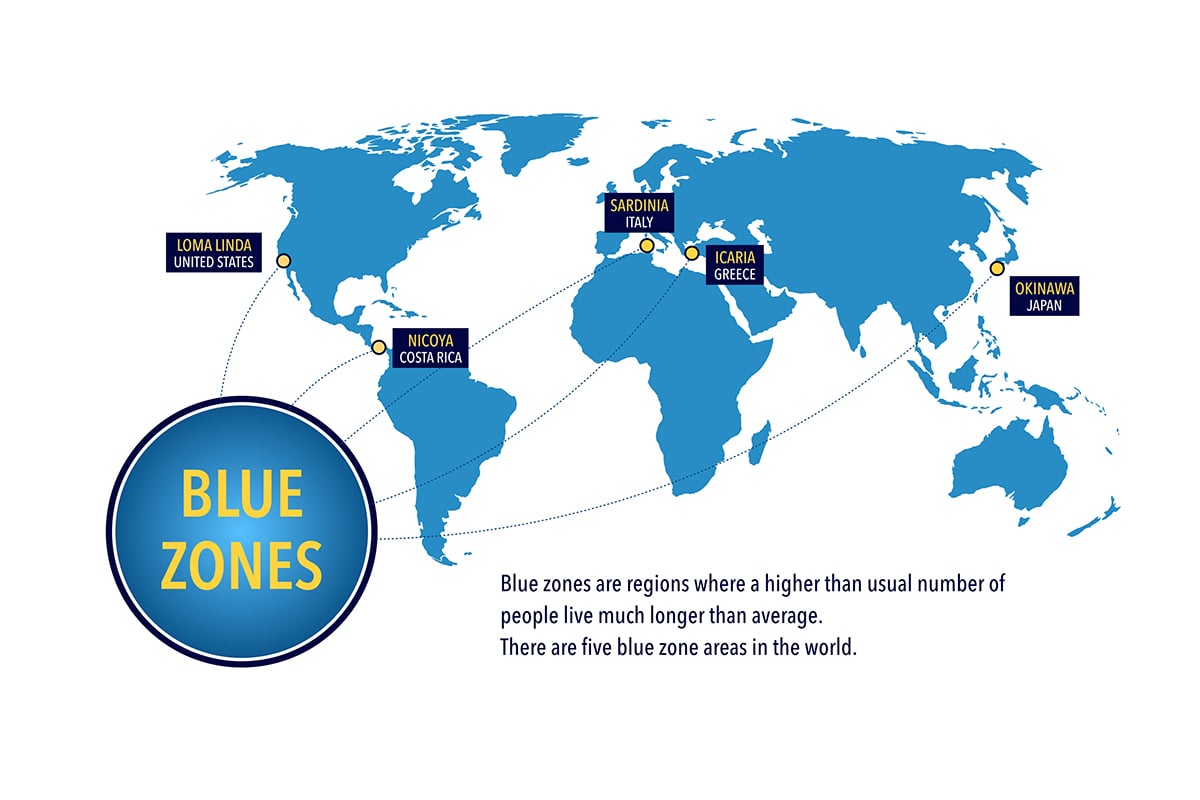
New Hope Network, the hosts of the Natural Products Expo, recently hosted Newtopia Now in Denver, a smaller, more focused event that's less than one tenth the size of Natural Products Expo West.
The event and its various exhibits were organized into 4 neighborhoods:
Thrive: Featuring the newest food, consumer packaged goods, and other natural products
Glow: All things beauty and skincare
Represent: Showed off products with international/ethnic, diverse backgrounds
Regenerate: A display of all things eco friendly, sustainable, and regenerative
One of the event's key presentations was on Blue Zones; Regions of the world where people live to age 100 at the highest rates in the world while avoiding heart disease, diabetes, dementia and cancer by Dan Buettner, a National Geographic journalist and the presenter of Netflix’s Live to 100: Secrets of the Blue Zones.
Buettner’s findings suggest that the outcomes are not cultural in the sense that “health” is a pursuit in and of itself. Instead, various environmental, cultural, lifestyle, and dietary factors align to create these “blue zones.”
All 5 Blue Zones have ethnic diversity within them so there is no genetic advantage compared to the average US citizen for example.
Here’s a summary of the individual blue zones and the characteristics Mr. Buettner credits with their long, disease-free lifespans.
Sardinia
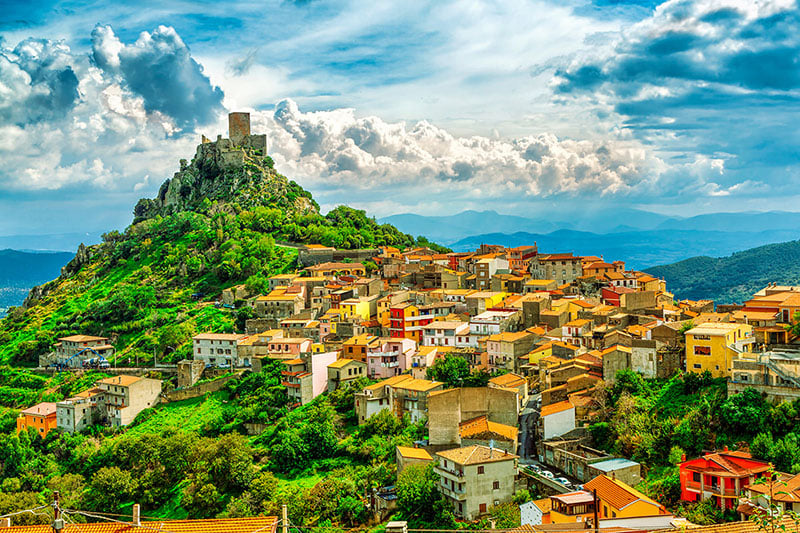
This blue zone doesn’t even cover the entirety of Sardinia. Instead, it covers 5 specific villages inside of the highlands with very steep terrain. In fact, it’s been found, the steeper the village, the better the chance of living to age 100. This blue zone has 15 times more male centenarians than you would expect to see in the United States.
Lifestyle
Buettner observed that shepherds had unique lifestyle advantages we could learn from. They tend to get up a little later (than farmers), spend hours a day working with animals, and grow their own food. Additionally, having daughters was associated with even better outcomes with 5+ daughters finding association with the absolute best chance of living to age 100.
Overall, citizens live in multi generational households where elders are celebrated for their culinary and agricultural wisdom. For instance, the elder matriarch exercises her wisdom by keeping the sourdough starter alive. In contrast, people in the United States face increasing stress about aging.
Diet
Shepherds and many other people in the highlands of Sardinia grow their own food and eat a form of the Mediterranean Diet.
Meat intake is limited at around 5 times per month. Protein sources are mainly beans and fava beans.
A staple item is a bread made from durum wheat called carta de musica. As a sourdough, it’s loaded with lactobacillus that lowers the glycemic load of an entire meal eaten with it.
They eat some cheese from their own animals; grass fed pecorino romano.
They drink 2-3 glasses of wine per day. It’s a wine that grows at altitude with high levels of polyphenols.
Okinawa
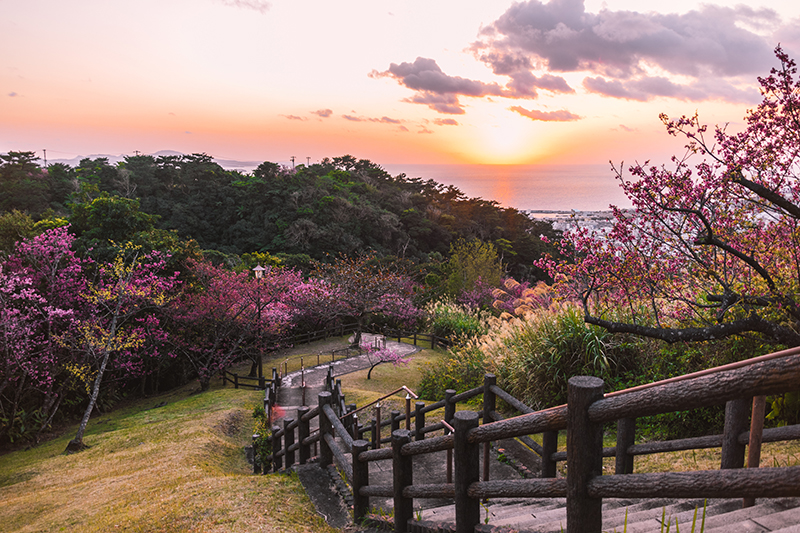
Lifestyle
From the age of 5, Okinawan children are placed in groups called Moai by their parents. Moai are close friendship circles that can last one’s lifetime. It’s been found in studies that people without at least 3 close friends live 8 years less than people who do.
As with the last entry, there is less reason to stress about aging, There is no word for retirement and culturally no delineation between what one could consider a “useful life” and “life of repose”
Diet
70% of the Okinawan dietary intake is purple sweet potatoes, primarily because they don’t get wiped out by typhoons and are very shelf stable.
They also eat 8 times more tofu than Americans and ate a 98% plant-based diet until the year 200.
America’s Blue Zone - Loma Linda California
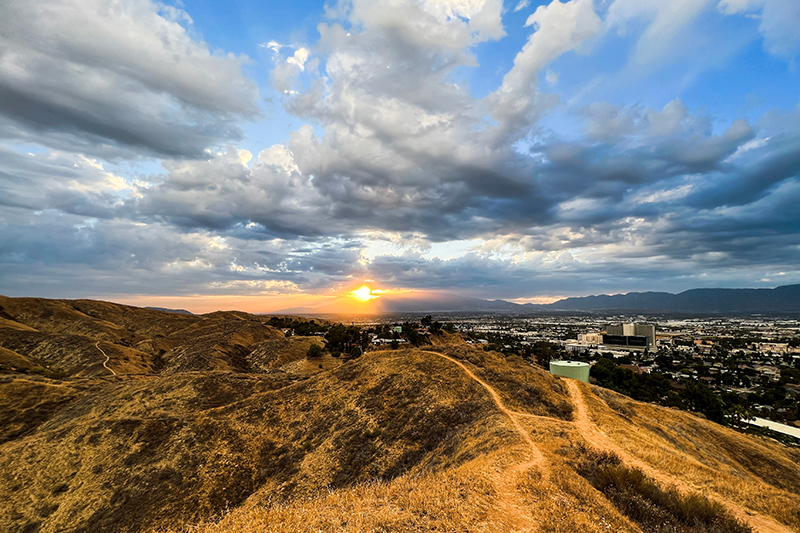
You might not expect it from the news, but there is one blue zone in the United States that is in Loma Linda California.
Lifestyle
Loma Linda is home to the highest concentration of 7th Day Adventists, a Christian religious denomination who have strict practices for the Sabbath (Saturday for this group).
From sunset on Friday night to sunset on Saturday night, followers only focus on God, family, and their social circle. Saturday morning begins with a nature walk, followed by a potluck lunch in the afternoon. Then, there is another nature walk on Sunday.
Diet
7th Day Adventists follow a diet taken directly from the bible in the book of Genesis.
Dietary guidelines are to:
- Eat every plant that bears seeds so lots of nuts, grains, beans, and pulses.
- Eat from every tree that bears fruit so lots of citrus, avocados, apples, and tomatoes.
- Eat a variety of green vegetables.
Buettner observed that the refrigerators and cupboards of 7th day adventists rarely ever had junk food in them.
AHS1 and AHS2 also known as Adventist Health Study 1 and Adventist Health Study 2 looked to study this population.
Participants in AHS-1 had an average life expectancy that was 7.3 years longer for men and 4.4 years longer for women compared to the general population of California. The general study design organized participants along a spectrum of how plant-based their diets were to understand the influence of this factor. Findings were encouraging, but the study is limited in that it’s mainly focused on observation, self-reporting and various outside factors cannot be controlled for.
Nicoya Costa Rica
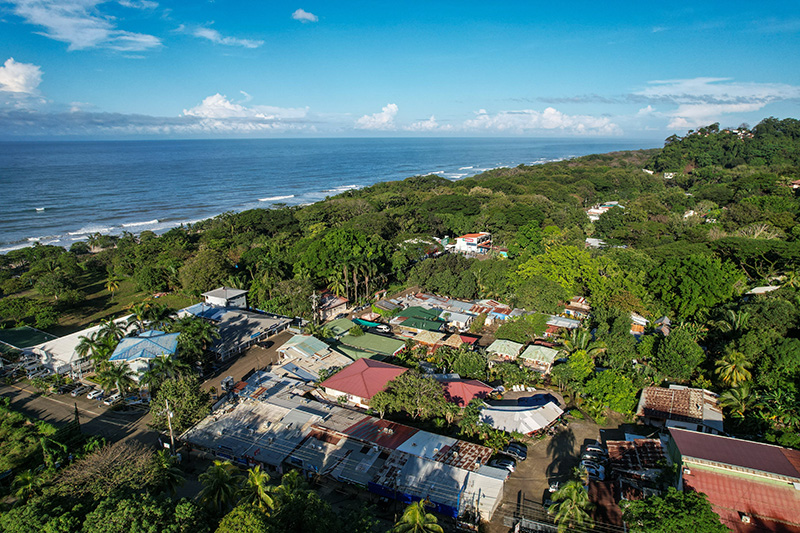
Lifestyle
A trend that one notices among blue zone populations is a much healthier outlook on aging than in the United States. Once again, Costa Rica’s blue zone of Nicoya, highlights this with “plan de vida” which provides elders with a positive outlook and sense of purpose.
Centenarians in this blue zone remain social, frequently visiting with neighbors. Families mainly belong to multi-generational households where elders can contribute and feel a sense of value.
Diet
Nicoyans generally eat fewer than average calories. Dinner is light and eaten earlier in the evening.
80% of their dietary intake came from the “three sisters of agriculture”, corn, squash and beans.
These provide plenty of niacin, micronutrients, fiber and protein. When combined, they provide all of the amino acids you normally get from meat protein.
Ikaria Greece
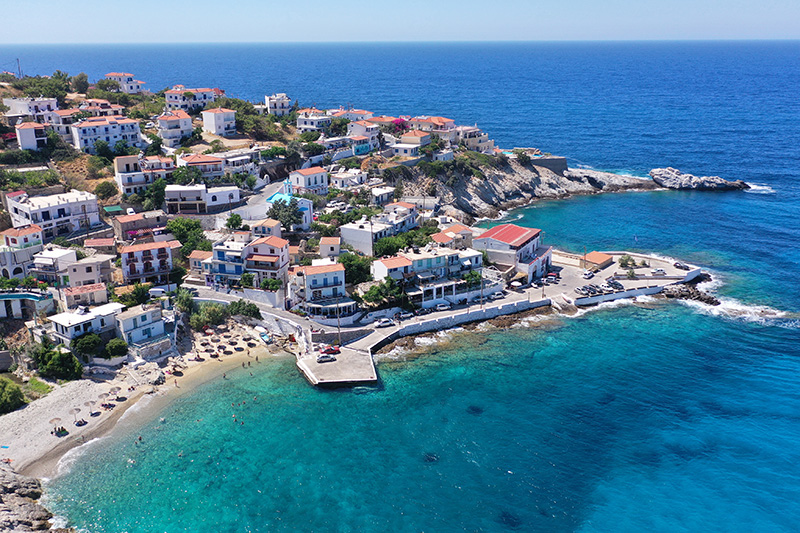
Lastly, we have Ikaria Greece where citizens live 8 years longer than Americans with no discernable dementia. Contrast this with The United States where those who do live to age 85 have a 50% chance of suffering dementia.
Lifestyle
This blue zone is extremely isolated. Ikaria, Greece is a small island with no natural ports and a rather rocky terrain. As a result, they have basically no influence from western civilization.
The rough, mountainous terrain means that citizens get plenty of exercise doing regular tasks like walking and gardening. This benefit is reflected in that the longest-living residents are the poorest ones living on the island’s highlands.
Other notable lifestyle factors here include occasional fasting and afternoon naps.
Diet
Ikarians largely grow their own food and have developed one of the purest forms of the Mediterranean Diet in the world (there is a rating system)
Island residents eat lots of nuts, fish, and a variety of greens including foraged herbs including oregano, sage, rosemary and catnip. Foraged herbs have been found to have ten times the antioxidant content of red wine.
When it comes to beverages, Ikarians drink some wine and herbal tea made from foraged herbs. This tea has mild diuretic and anti-inflammatory properties. The tea has two primary health benefits. Being diuretic means that it serves to lower blood pressure and many age-related diseases result from inflammation.
A famous anecdote tells the story of a 66 year old resident of the United States diagnosed with terminal cancer. He moved back to Greece to die but upon returning the terrain, diet and lifestyle of Ikaria managed to lived several more decades saying “I guess I just forgot to die” when he was interviewed at over age 100.
Overall Findings
The factors associated most with health in the blue zones contradicts our knowledge and aims for health in the United States. Diet, exercise, and longevity are not pursued but are incidental.
Poor people live longer in these regions as they do more by hand and often do the work of growing their own food.
Exercise isn’t a priority nor is it even something people “do” rather it just happens as a fact of life. Most blue zone residents live well below their respective region’s poverty line.
Socializing is probably as important for health as diet and exercise is.
Family structure is a framework for long life. Aging parents are kept nearby and families invest in children. The multi-generational households also seem to eliminate the stressors Americans have about aging such as loneliness, age discrimination or a lack of purpose in retirement.
Many residents of blue zones don’t eat very large meals and the meals they do eat get progressively smaller throughout the day, giving the digestive system plenty of time to rest. People just eat what’s available or what they can grow without much thought about “nutrients” or “calories.”
Genetics might not have as big of a role in overall health as we might have thought if the factors are what drive longer, healthier lifespans in various places that are ethnically heterogeneous.
Conclusion
Have the blue zones proven that everything we know about health is wrong? Well, it hasn’t changed that exercise and healthy eating are good for you. But they might have proven that the way we approach health could use some change and/or improvement. Finding balance, growing food, eating what’s natural/available with family, and adding movement to your life could offer longer-lasting health benefits than a crash diet and strict exercise routine that you “can’t find the time for.”
* This article is for informational purposes only and doesn’t constitute medical advice. For immediate health concerns, please consult your physician.
These statements have not been evaluated by the Food and Drug Administration. Products are not intended to diagnose, treat, cure or prevent disease.
© 2024 Best in Nature All rights reserved





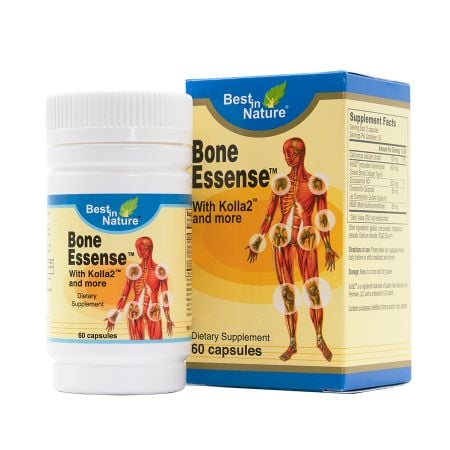
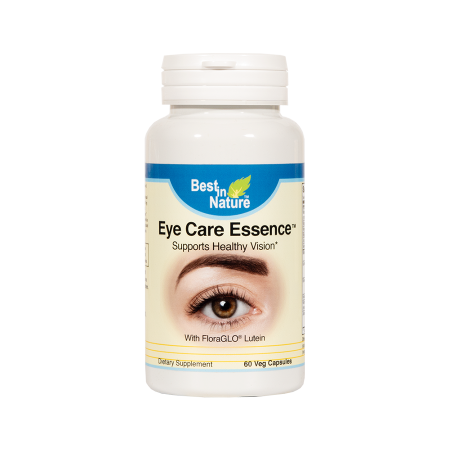
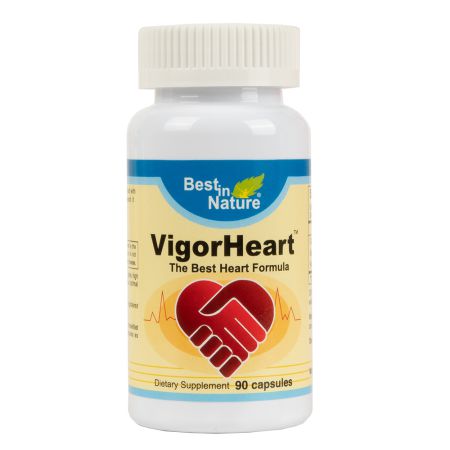
Validate your login
Sign In
Create New Account